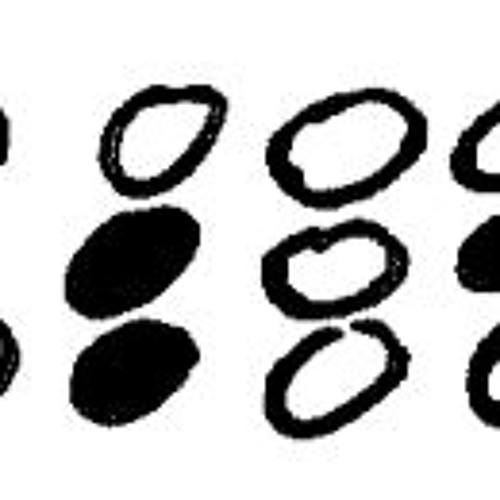Like many of my ideas, this originally started as a way to bypass arbitrary assignments. I studied composition in college, and those lessons came with a minimum amount of quantity of music composed per semester, measured in minutes. The semester was wrapping up, and I needed a significant chunk of time still. My parents had recently remodeled the bathroom attached to my room at the time, and there was a row of three tiles in two different colors. My brain interpreted these as trumpet fingerings, so I was going to figure out what notes these represented, then turn that into a piece. However, this turned out to be more complicated than I thought it would be — I had forgotten that brass instruments have partials. Partials follow the overtone series, and valves(or slide positions) are used to alter the length of the instrument, changing the pitch. I would have had to taken the time to determine which pitches were represented that sounded good, and then assign things like duration and dynamics. At this point I realized that we could lean on aleatory composing and let the performers determine all of these. So I wrote down three movements of fingerings for trumpet, one for each wall of the shower. I then did some work to transpose these to each of the other key areas for the other brass instruments and made a version with slide positions for the trombone, threw in some repeat signs in a few places, and then just wrote down roughly how long each movement should take.

Needless to say, my teacher was not thrilled. However, another one thought I was really onto something. It took me quite a while to realize it, but the latter professor was right. I had been thinking for a while about the role of the performers in relation to the composer for quite some time, and finally realized that these days, if you want something to sound the same every time, you can have that done by a machine. Composers and performers should have a more collaborative relationship.